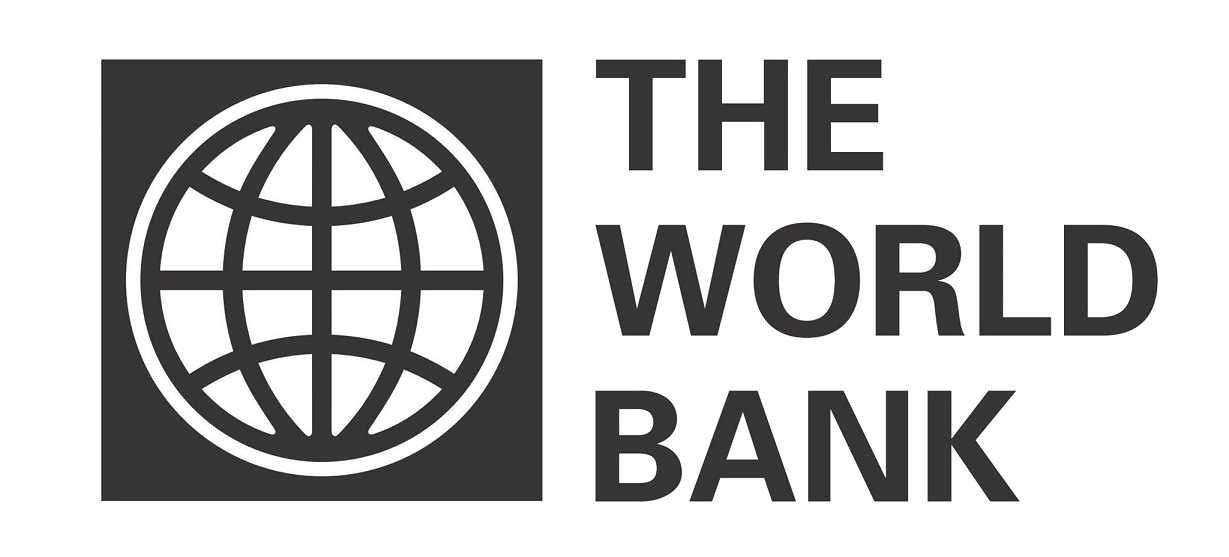WASHINGTON, U.S. – Sub-Saharan Africa countries are continuing to grow, albeit at a slower pace, due to a more challenging economic environment. Growth will slow in 2015 to 3.7 percent from 4.6 percent in 2014, reaching the lowest growth rate since 2009, according to new World Bank projections.
These latest figures are outlined in the World Bank’s new Africa’s Pulse, the twice-yearly analysis of economic trends and the latest data on the continent.
The 2015 forecast remains below the robust 6.5 percent growth in GDP which the region sustained in 2003-2008, and drags below the 4.5 percent growth following the global financial crisis in 2009-2014.
Overall, growth in the region is projected to pick up to 4.4 percent in 2016, and further strengthen to 4.8 percent in 2017.
Sharp drops in the price of oil and other commodities have brought on the recent weakness in growth. Other external factors such as China’s economic slowdown and tightening global financial conditions weigh on Africa’s economic performance, according to Africa’s Pulse.
Compounding these factors, bottlenecks in supplying electricity in many African countries hampered economic growth in 2015.
“The end of the commodity super-cycle poses an opportunity for African countries to reinvigorate their reform efforts and thereby transform their economies and diversify sources of growth. Implementing the right policies to boost agricultural productivity, and reduce electricity costs while expanding access, will improve competitiveness and support the growth of light manufacturing,” says Makhtar Diop, World Bank Vice President for Africa.
According to Africa’s Pulse, several countries are continuing to post robust growth. Cote d’Ivoire, Ethiopia, Mozambique, Rwanda and Tanzania are expected to sustain growth at around 7 percent or more per year in 2015-17, spurred by investments in energy and transport, consumer spending and investment in the natural resources sector.
Gains in Poverty Reduction
Africa’s Pulse found that progress in reducing income poverty in Sub-Saharan Africa has been occurring faster than previously thought. According to World Bank estimates poverty in Africa declined from 56 percent in 1990 to 43 percent in 2012.
At the same time, Africa’s population saw progress in all dimensions of well-being, particularly in health (maternal mortality, under-5 mortality) and primary school enrollment, where the gender gap shrank.
Yet African countries continue to face a stubbornly high birth rate, which has limited the impact of the past two decades of sustained economic growth on reducing the overall number of poor. Countries still lag behind those in other regions in making progress on the Millennium Development Goals (MDG).
For example, Africa will not meet the MDG of halving the share of population living in poverty between 1990 and 2015.
Weaker Commodity Prices
Sub-Saharan Africa’s rich natural resources have made it a net exporter of fuel, minerals and metals, and agricultural commodities. These commodities account for nearly three-fourths of the region’s goods exports.
Robust supplies and lower global demand have accounted for the decline of commodity prices across the board. For instance, the drop in the prices of natural gas, iron ore, and coffee exceeded 25 percent since June 2014, according to the report.
Africa’s Pulse notes that overall decline in growth in the region is nuanced and the factors hampering growth vary among countries. In the region’s commodity exporters—especially oil-producers such as Angola, Republic of Congo, Equatorial Guinea, and Nigeria, as well as producers of minerals and metals such as Botswana and Mauritania, the drop in prices is negatively affecting growth.
In Ghana, South Africa, and Zambia, domestic factors such as electricity supply constraints are further stemming growth. In Burundi and South Sudan threats from political instability and social tensions are taking an economic and social toll.
Fiscal deficits across the region are now larger than they were at the onset of the global financial crisis, the report finds. Rising wage bills and lower revenues, especially among oil-producers, led to a widening of fiscal deficits.
In some countries, the deficit was driven by large infrastructure expenditures. Reflecting the widening fiscal deficits in the region, government debt continued to rise in many countries. While debt-to-GDP ratios appear to be manageable in most countries, a few countries are seeing a worrisome jump in this ratio.
“The dramatic, ongoing drop in commodity prices has put pressure on rising fiscal deficits, adding to the challenge in countries with depleted policy buffers,” says Punam Chuhan-Pole, Acting Chief Economist, World Bank Africa and the report’s author.
“To withstand new shocks, governments in the region should improve the efficiency of public expenditures, such as prioritizing key investments, and strengthen tax administration to create fiscal space in their budgets.”
Moving Forward
Growth in Sub-Saharan Africa will be repeatedly tested as new shocks occur in the global economic environment, underscoring the need for Governments to embark on structural reforms to alleviate domestic impediments to growth, the report notes.
Investments in new energy capacity, attention to drought and its effects on hydropower, reform of state-owned distribution companies, and renewed focus on encouraging private investment will help build resiliency in the power sector.
Governments can boost revenues through taxes and improved tax compliance. Complementing these efforts, governments can improve the efficiency of public expenditures to create fiscal space in their budget.















